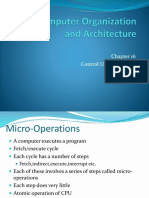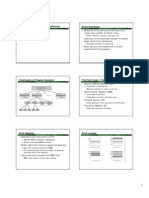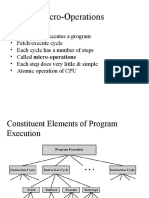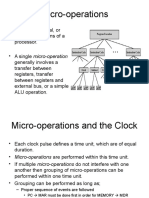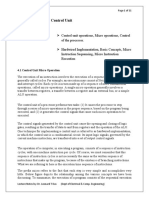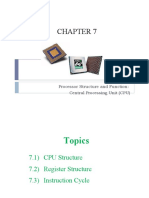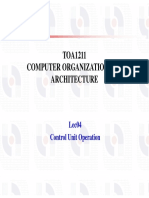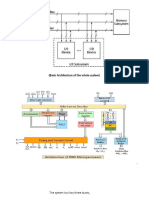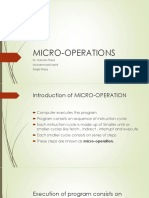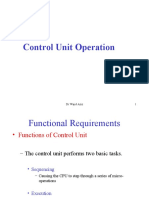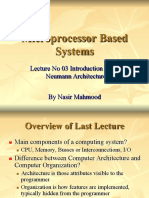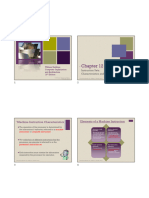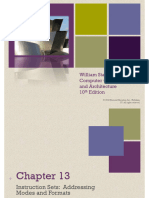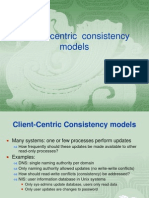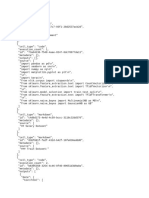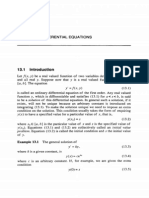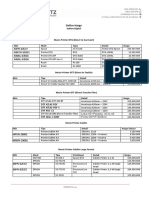0% found this document useful (0 votes)
47 views24 pagesPART20
The document discusses the micro-operations that make up instruction cycles in a CPU. It describes the fetch, indirect, execute, and interrupt cycles in detail. It also covers the functional requirements and basic tasks of the control unit that sequences the micro-operations.
Uploaded by
halilkuyukCopyright
© © All Rights Reserved
We take content rights seriously. If you suspect this is your content, claim it here.
Available Formats
Download as PDF, TXT or read online on Scribd
0% found this document useful (0 votes)
47 views24 pagesPART20
The document discusses the micro-operations that make up instruction cycles in a CPU. It describes the fetch, indirect, execute, and interrupt cycles in detail. It also covers the functional requirements and basic tasks of the control unit that sequences the micro-operations.
Uploaded by
halilkuyukCopyright
© © All Rights Reserved
We take content rights seriously. If you suspect this is your content, claim it here.
Available Formats
Download as PDF, TXT or read online on Scribd
/ 24




